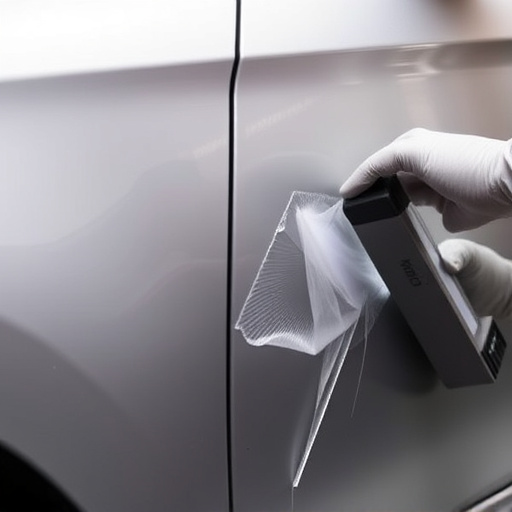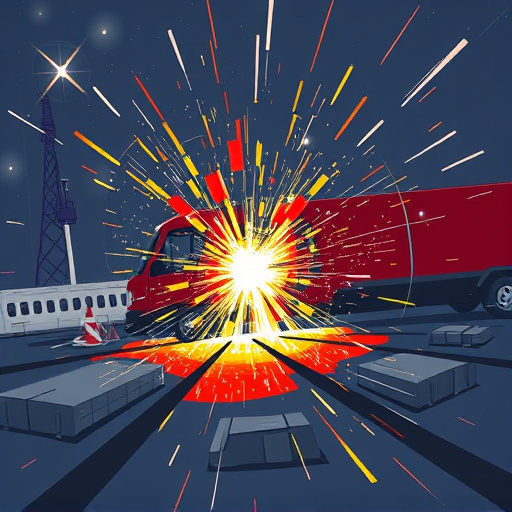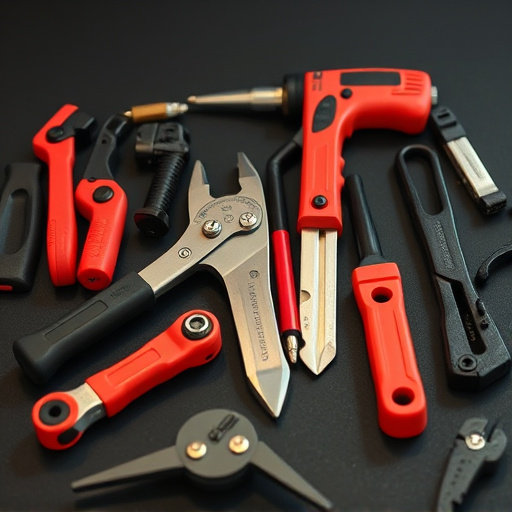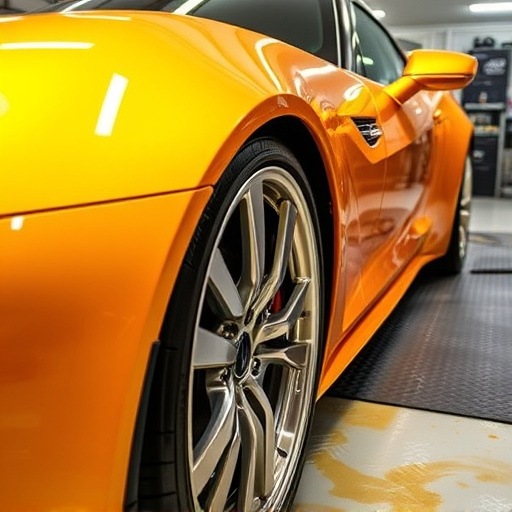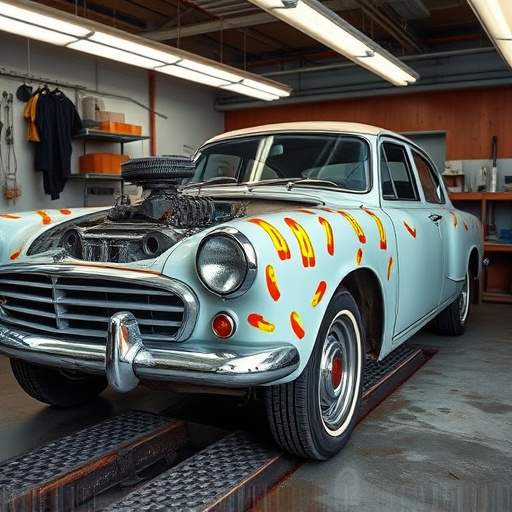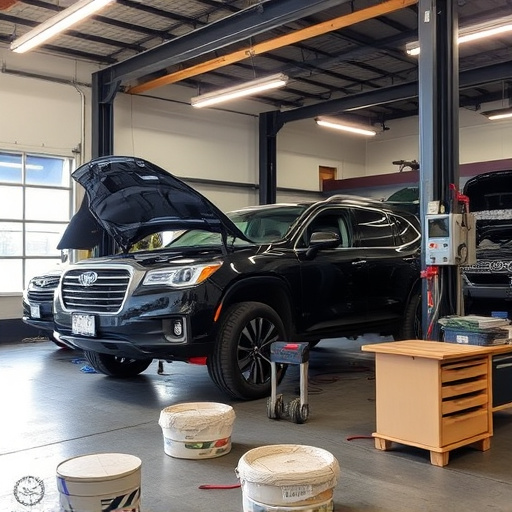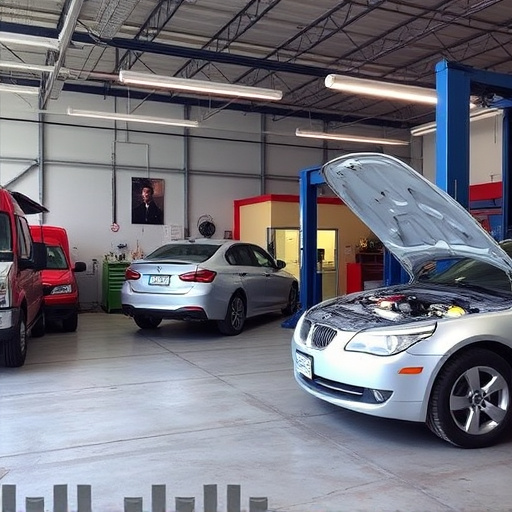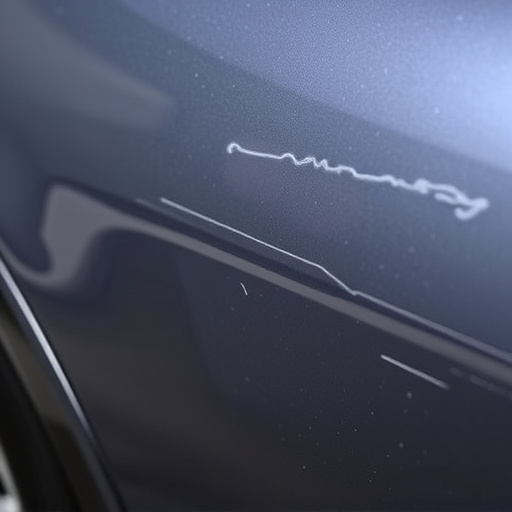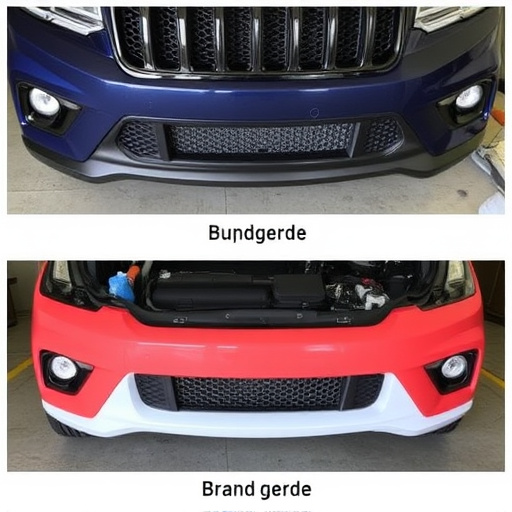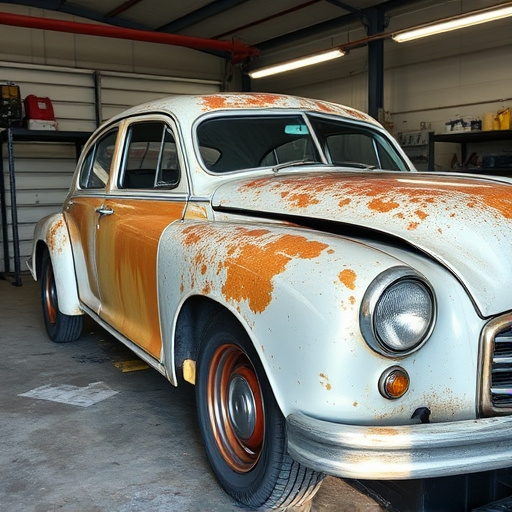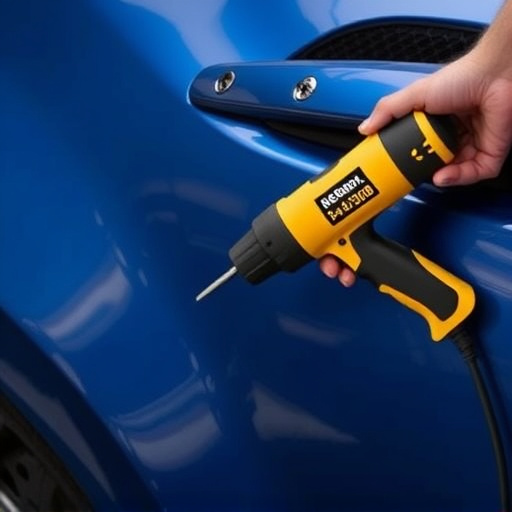Bumper crack repair involves assessment, cleaning, filling with composite material, sanding, and repainting for a seamless, protective finish. Post-repair, achieving flawless results requires precision in minimizing paint imperfections, straightening metal distortions, using high-quality primer and modern spray painting techniques, and regular maintenance checks for long-lasting durability.
Repainting is often a necessary step after repairing cracked bumpers, ensuring a seamless and durable finish. This article delves into the intricacies of the bumper crack repair process, highlights common challenges post-repair, and offers effective strategies for extending the lifespan of repainted bumpers. Understanding these key aspects is crucial for achieving optimal results in the world of bumper crack repair.
- Understanding Bumper Crack Repair Process
- Common Challenges After Bumpers are Repaired
- Effective Strategies for Longevity of Repainted Bumpers
Understanding Bumper Crack Repair Process
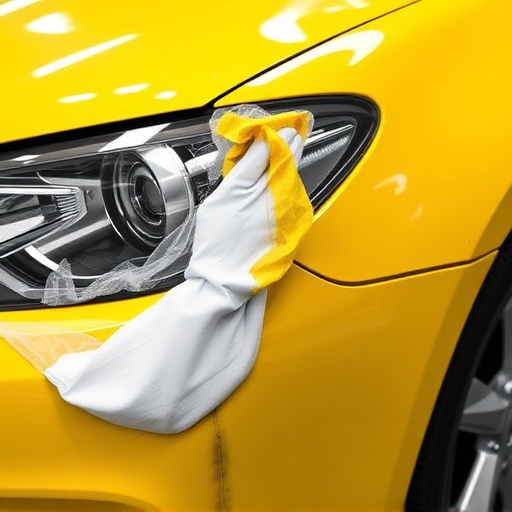
The bumper crack repair process involves several meticulous steps to ensure a durable and aesthetically pleasing fix. It begins with carefully assessing the extent of the damage. Technicians use specialized tools to clean and prepare the cracked area, removing any debris or old paint. The damaged section is then filled and smoothed using high-quality composite materials designed to match the bumper’s original material. After allowing adequate time for the filler to set, the repaired area undergoes sanding to achieve a seamless blend with the rest of the bumper.
This preliminary work sets the stage for what often proves to be the most critical step: repainting. Skilled technicians apply a precise coat of paint, ensuring it adheres perfectly to the repaired surface. The use of auto repair services specializing in bumper crack repair guarantees that the new paint job is not just functional but also enhances the car’s overall appearance, restoring its original aesthetics and providing protection against future damage through comprehensive automotive restoration techniques.
Common Challenges After Bumpers are Repaired
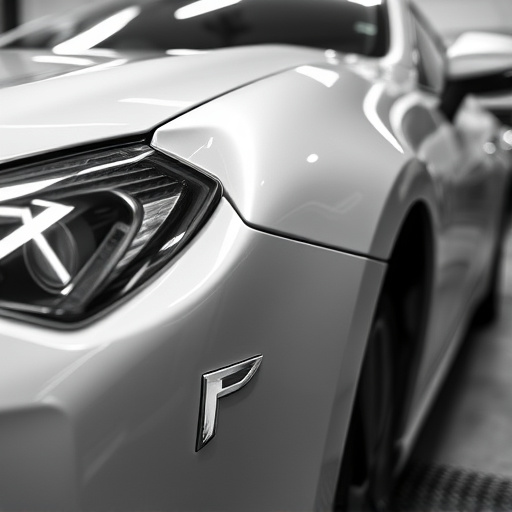
After bumper crack repair, several common challenges can arise that require careful attention. One of the primary issues is ensuring a seamless blend between the repaired area and the surrounding parts of the bumper. Even minor imperfections in the paint job can be noticeable, compromising the overall aesthetic appeal. This often necessitates meticulous sanding and priming to prepare the surface before applying new car paint services, which adds to the repair process’s complexity.
Additionally, frame straightening might be needed to realign any distorted metal from the impact, further complicating matters. Mercedes Benz collision repair experts emphasize that achieving a factory-like finish requires precise measurements and adjustments. They employ advanced techniques and tools to mitigate these challenges, ensuring that the repaired bumper not only looks good but also retains its structural integrity, making it vital for road safety and vehicle longevity.
Effective Strategies for Longevity of Repainted Bumpers
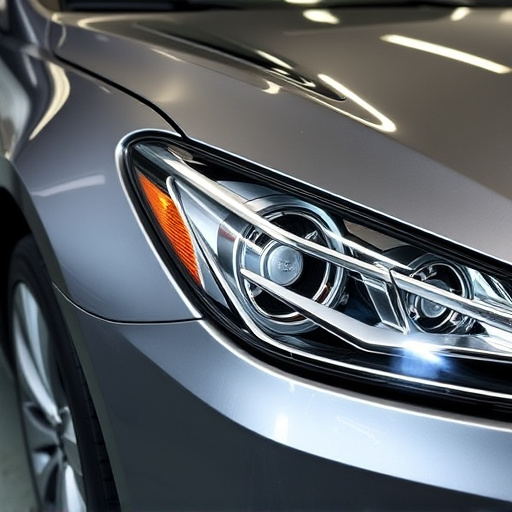
To ensure the longevity of repainted bumpers following crack repair, a few effective strategies can be implemented. Firstly, proper surface preparation is key; thoroughly cleaning and sanding the bumper to remove any debris or old paint ensures a smooth base for new coatings. Using a high-quality primer designed for automotive use creates an even surface that enhances adhesion, preventing blistering or peeling in the future.
Secondly, selecting the right repainting technique makes a significant difference. Modern spray painting techniques offer precise applications, reducing overspray and ensuring color consistency. Lastly, regular maintenance plays a crucial role; periodically inspecting your bumper for signs of wear and tear enables early intervention, preventing minor cracks from becoming more severe issues that would necessitate frequent repainting. Incorporating these strategies into the bumper crack repair process contributes to a durable, long-lasting finish, enhancing the overall aesthetic appeal of your vehicle, whether at a collision repair center or following DIY car dent removal efforts.
Repainting after bumper crack repair is often necessary due to the inherent challenges that arise during the process. Understanding these challenges and implementing effective strategies, such as using high-quality paints and proper application techniques, can significantly extend the lifespan of repaired bumpers. By adhering to best practices, you can ensure not only a durable finish but also maintain the aesthetic appeal of your vehicle, making your bumper crack repair a successful and long-lasting investment.

